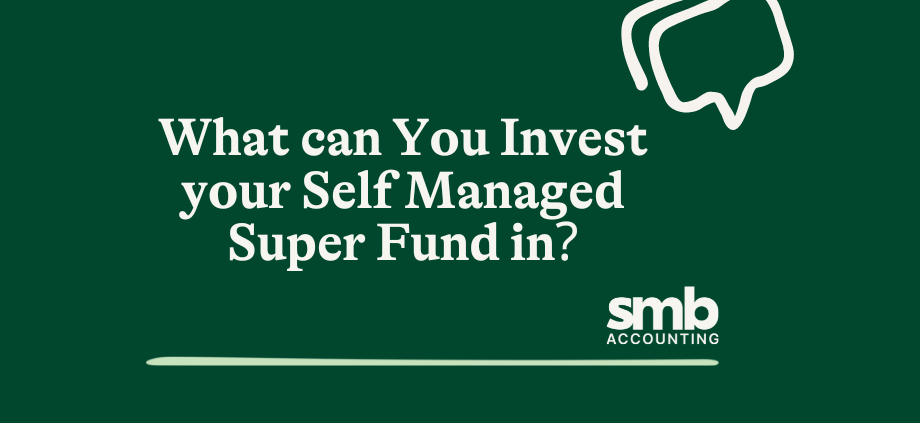What Can You Invest Your Self-Managed Super Fund in?
An SMSF is a retirement savings account that allows Australians to invest in a broader range of assets than a traditional superannuation fund. The benefits of an SMSF include controlling your retirement savings and investing in a mix of assets that align with your financial goals.
1. Properties
If you’re looking to invest in real estate through your self-managed super fund (SMSF), there are a few things you need to know. SMSFs can invest in commercial and residential property, but some rules and restrictions apply.
For example, an SMSF cannot purchase a residential property from a related party of an SMSF member, and the property cannot be lived in or rented by a fund member. Additionally, your SMSF can only purchase your business premises if you pay rent to your SMSF at the market rate.
When borrowing to purchase property, lenders usually allow self-managed super funds to borrow up to 70-80 per cent of the property’s value. However, they generally require the SMSF to have a company as a trustee rather than individuals.
2. Shares
Your SMSF can invest in a wide range of assets, including shares, property, managed funds, term deposits, and cash. The earnings on these investments stay within your SMSF and go back into accumulating more wealth. For example, the rent from your property is deposited into your SMSF bank account along with interest on your term deposit and dividends from your shares. This allows you to grow your wealth without paying taxes on the earnings.
Making money through investing in the stock market can be very profitable, but it is important to always research before investing. A good way to start is by investing in various market sectors, such as banks and resource companies. This will help to spread the risk.
Another good option is to invest in blue-chip stocks, which are stocks of larger, more established companies. This can provide a solid foundation before diversifying further with international shares or exchange-traded funds (EFTs).
3. Cash and Term Deposits
A term deposit is a way to invest your money for a fixed period and earn interest on that investment. Most banks offer term deposits specifically for self-managed super funds, a low-risk way to earn more interest than you would in a savings account. However, you can only withdraw your money from the term deposit at the end. A high-interest savings account is still useful for easily accessible funds.
4. Collectables
Collectables are valued for their rarity, historical significance, or aesthetic appeal. This includes artwork, jewellery, antiques, cars, coins, and memorabilia. In 2016, more restrictive rules were introduced for investing in collectables through an SMSF. This means that fewer SMSFs are investing in collectables now. Understand the rules if you’re considering adding collectables to your SMSF portfolio.
Conclusion
A self-managed super fund can be a great way to invest for retirement. Various investment options are available, and the best option will depend on each individual’s circumstances. However, all self-managed super funds should be diversified to minimise risk.
SMB Accounting does Individual tax returns, small business accounting with various small business accounting packages available, SMSF audits (self-managed super funds) as well as a Xero accounting software-based accounting business. We are your trusted partner when it comes to tax returns and superannuation. If you want to know more about SMSF tax benefits, get in touch with us today! Let us know how we can help.

